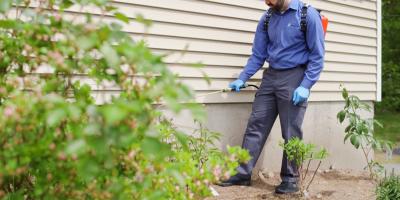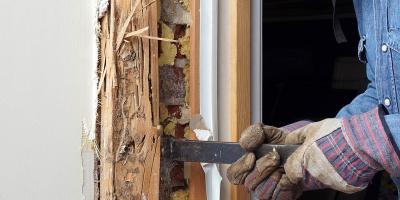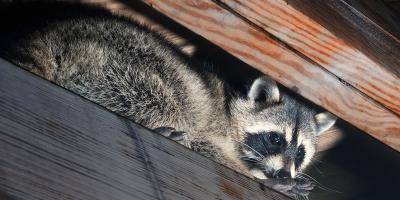Termite Swarming: When to Worry
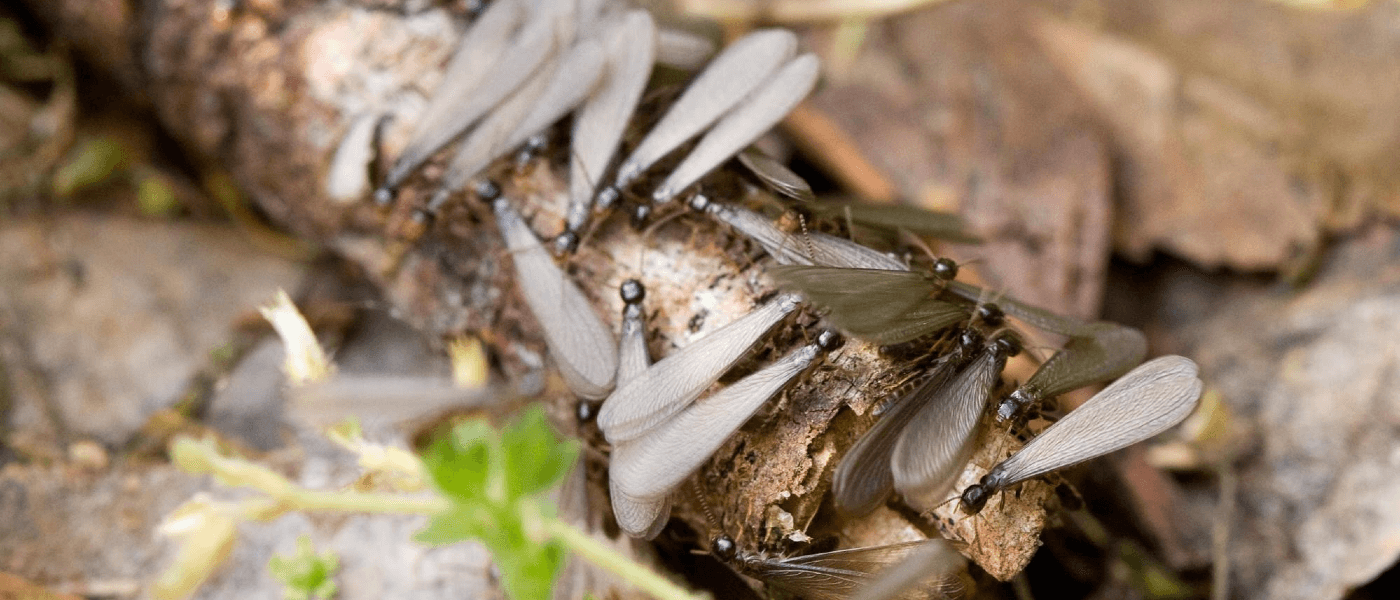
When it comes to profanity in the pest world, termites are among the dirtiest of words, posing some notorious challenges to pest control professionals. Unlike ticks, termites do not pose a direct threat to human health either by bite, sting or food contamination.
In fact, termites are far more insidious. Homeowners can live surrounded by termites for years without ever so much as a hint of their presence. Their existence is typically announced by structural damage that is not only costly, but in some cases irreparable.
Collectively, termites cause billions of dollars in structural damage every year, with homeowners shelling out a total average of two billion dollars to remediate the damages (if possible) and rid their homes of termites.
Despite these staggering numbers, it’s not all bad news when it comes to termites, though you certainly don’t want them on your turf. However, you do want them on your property, albeit at a distance from the foundation of your home.
A Time and Place for Termites
Setting aside the structural damage and associated expense associated with termites, there is a time and place that prove termites are incredibly beneficial insects. Where they are infamous in homes, they are invaluable to our ecosystem.
Termites are hardworking recyclers! They break down rotting or dead wood from fallen logs, branches, and trees into new soil that supports faster forest regrowth. Their natural tunneling behavior actually aerates the soil, improving its overall quality.
So, what’s the problem?
Location, Location, Location
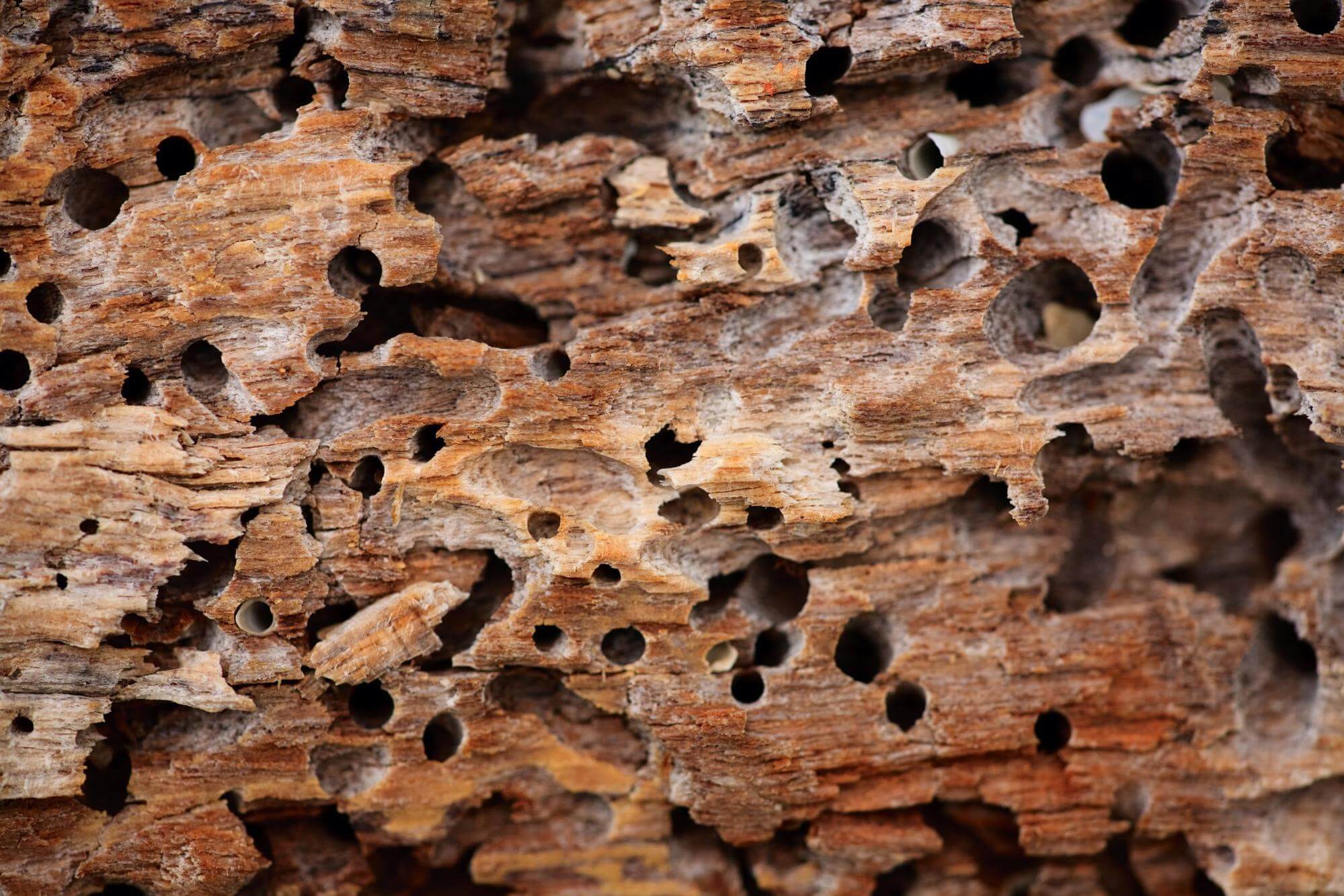
Or, simply put, wood is wood. To a termite, your home’s wooden frame and structure is no different than a tree in the forest. Even if they could tell the difference, they wouldn’t care because… wood is wood.
Okay, so we’ve established that termites on a rotting log are “good” and termites along your home’s foundation are “bad.”
If only it was that simple.
Swarming season blurs the line between friend and foe -- quite literally.
What is “Swarming Season?”
During swarming season, termites are on the move, eager to build new colonies. Seeing a termite swarm can be disconcerting, especially around your home. If you do see one, how can you be sure your home is safe?
Spoiler alert: If the swarm is inside your home, don’t panic. Think of this as the termites tipping you off to their presence, providing you with the perfect opportunity to contact your pest management professional, pronto!
A termite swarm occurs when a colony has reached capacity and needs to build a new one. In this case, swarming termites, also known as alates, swarm into the air in pursuit of a mate. Alates have one purpose: reproduction. In fact, they don’t even eat wood.
After launching from their swarm tube, alates fly for mere seconds; really, this is more of a free fall. Once they land, their wings break and they pair off with their mate. Chances of survival are really slim for alates, especially if they swarmed inside a structure. They need soil; without it, they succumb to dehydration. Even alates that swarm outside face a very small survival rate.
Typically, termites swarm during the late winter and early spring months, most often on warm days following rain. Whether indoors or outside, termite swarms generally last between 30-40 minutes. Since termites are attracted to light sources, seeing swarms around glass doors or windows is not uncommon.
A telltale sign that you’ve just missed witnessing a termite swarm firsthand is the presence of discarded wings. Remember, alates break their wings off upon landing and before pairing off with a mate, so wings scattered along sills or doorways is a signal that termites have recently swarmed.
So how worried should you be about your house if you see a swarm or scattered wings?
How to Tell if Your House is Safe from Termites
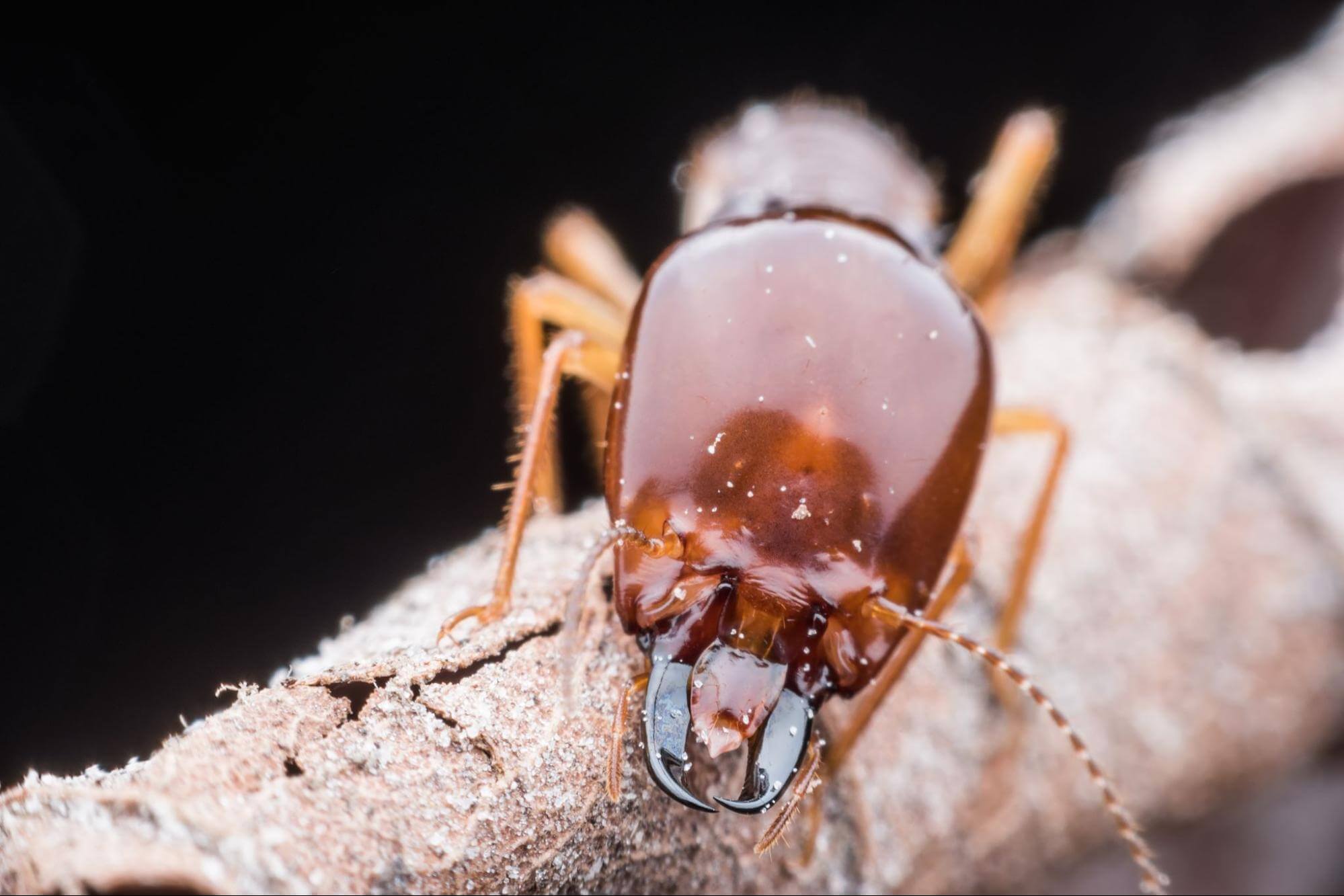
As alarming as it is to see a termite swarm or signs of one inside your house, take heart. Yes, your home has a definite termite infestation, which has likely been there without your knowledge for years. However, harken back to their slim survival rate without soil (they don’t get their subterranean name without reason) and it’s unlikely they will grow new colonies elsewhere in your home.
If your home abuts a wooded area and you witnessed a termite swarm, you can breathe easy knowing that your house is probably unaffected by this particular colony because termites do not travel far.
What about termites swarming right in your yard?
Welcome to the gray area of termite swarm safety. Ultimately, it comes down to proximity to your home. Termites do not travel far and, again, most swarmers or alates are unsuccessful in their endeavors to build a new colony, whether inside or outdoors. However, it is possible that a swarm in your yard actually originated inside your house -- obviously, this is the worst-case scenario.
Whenever the presence of termites is suspected but hard to confirm, it’s imperative that you keep watch for evidence in order to determine whether professional treatment is required. Some signs your home might be hosting termites include: peeling paint that looks like water damage, pinprick holes in drywall, loose tiles, super squeaky floorboards, sagging drywall, warped or blistered wooden floorboards, hollow sounds resulting from tapping wooden surfaces.
While these signs are commonly found inside your home, exterior clues include the presence of mud tubes, approximately pencil-sized in diameter, along the ground against your house. These tubes provide the termites with access to food sources from their underground nests and are designed to protect their homes against cool, dry air. Remember, they need moisture and humidity in order to thrive.
A common misconception is that piles of sawdust are the result of termites chewing their way through the wood in your home. That’s really only half true. Subterranean termites are clean freaks and they do not like excrement accumulating in the tunnels they’ve built. So, they make small holes through which they deposit their fecal matter, “carton” or “frass,” which is essentially wood.
Whether or not you have seen a swarm on your property, it’s important to prioritize preventative measures in order to protect your home from termites in the future. Making your home less attractive to seasonal swarmers is a great place to start.
Practice Prevention and Protect Your Home from Termites
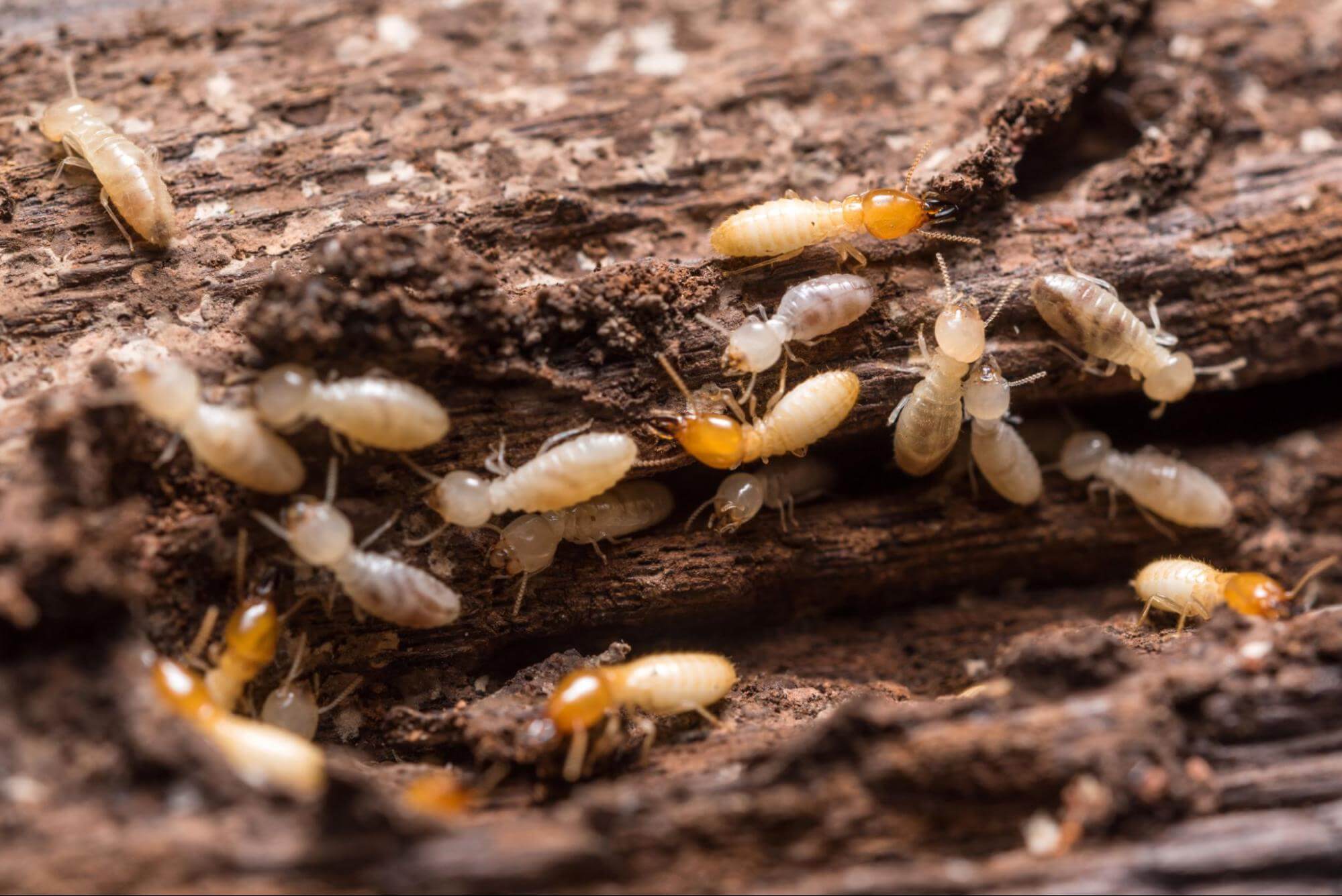
When it comes to termite prevention, there is plenty you, as a homeowner, can and should do to help protect your home. And it all starts with the foundation. Try to keep any plants, wood and mulch, as well as paper or cardboard, away from your home’s foundation. Ideally, only the soil surrounding your home should be in contact with the foundation. Aim for a minimum four-inch barrier between the foundation and any mulch, with siding a minimum of six inches above the ground.
Similar to other types of pest prevention, it’s best to provide ample space between your home and any plants, keeping soil well-drained to avoid excess moisture. On this note, you’ll want to check for leaky taps and faucets inside and outside your home.
Ahead of termite swarming season, get into the habit of switching off exterior lighting at night, particularly those lights located near windows and doorways. Remember, termites are not unlike moths in that they are attracted to light and will swarm toward it whenever possible. Removing light sources will help protect your home from termite swarms and potential termite invasions.
Finally, if you do suspect termites, it’s best to bring in a professional. Termites are not pests that are going to go away on their own (not with your house still standing, that is), and they’re only going to grow in numbers (and damage) the longer you wait.
Currently, there are no DIY products or at-home methods available to the public that prove effective enough to kill termite colonies.
At JP Pest Services, we rely on the Sentricon system to eliminate termites. Sentricon features bait stations containing a cellulose-based bait matrix, which termite workers source and then deliver to the colony’s queen.
Only to be used by trained and licensed pest management professionals, we trust the Sentricon brand for its safe application. Our team puts a premium on safety and values the Sentricon bait station design because it prevents exposure to humans, animals and the environment.
Termites are just one of the 50 pests our Home Quarterly Program regularly checks for, so customers currently enrolled are already reaping the benefits and peace of mind that comes with having a pest professional regularly checking their homes for evidence of termites.
If you’re seeing swarms or other signs of termites on your property, don’t hesitate to get in touch with us. With JP Pest Services, you’re in good hands.

